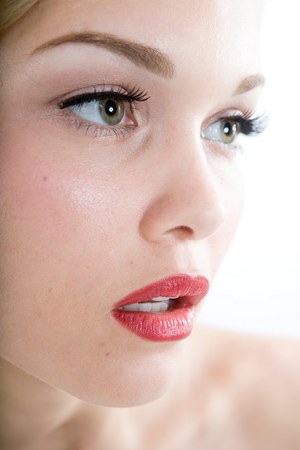DON’T BE AFRAID OF PERMANENT MAKEUP
When you hear the term “permanent makeup” or “cosmetic tattooing” one tends to think of black painted on eyebrows that resemble those of a Geisha girl or your 80 year old grandmother(sorry Grandma), who had her eyebrows tattooed when she was in her twenties and now has bluish colored lines where her brows should be. What we want you to know is that permanent makeup, also known as micropigmentation, does not have to make you cringe when you hear the words. So here’s the deal: over the past ten or so years, permanent cosmetics have come a long way. Pigments have more variations in color such as when a hair colorist chooses your hair color. Permanent makeup artists have a range of colors to choose from, sometimes using up to 3 colors to create a “highlight and low light’ effect. Also, the word “Permanent” can be taken a little lighter than it used to be. By law, Technicians have to state that their clients are receiving a permanent procedure, however, when the pigment is implanted into the skin at a lesser depth than traditional tattoos, the color will only last 2-5 years depending on care of the tattooed area. With that stated, the client is encouraged to return for a touch up once a year to “refresh” the color.
Micropigmentation is (literally) changing the faces of many. For those that are a few hairs short of perfection or lack makeup skills to those that suffer from Alopecia, MS, Parkinsons.This is a God send to many busy, active women and men….yes, men are also having this procedure done as well. When done right, this procedure can be nearly undetectable while adding definition to sparse brows and lashes as well as pale lips and fading lip lines. At Amy Kernahan Studio we use only FDA approved pigments and perform the hair stroke method for the most natural looking eyebrows. We also believe that there is a definite benefit by having a makeup artist perform these procedures as we have extensive experience with fine tuning lines and blending techniques as well as a broad understanding of color theory, making it possible for more natural results.





